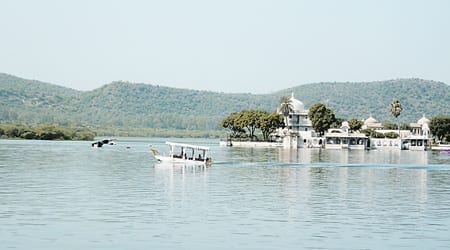Udaipur hotels most searched by Chinese travellers to India
Sudipta Dev – Mumbai

The Chinese travellers are a formidable force in global travel and the tourism sector. Forecasts predict outbound Chinese travellers could number around 174 million in four years’ time spending US$ 264 billion annually. A significant segment of outbound Chinese travellers, as per the recent Hotel.com CITM Report 2015, comprises of ‘millennial’ travellers. “Interestingly, Udaipur is at the top of the list of Indian destinations searched by Chinese travellers on Hotels.com during the first six months of 2015,” said Amit Agarwal, senior marketing manager, Hotels.com. Other destinations in India, most searched by Chinese travellers (in terms of ranking) are – New Delhi, Mumbai, Bengaluru, Chennai, Gurgaon, Jaipur, Kolkata, Agra and Hyderabad.
In India, the average daily spending on hotel by Chinese travellers is 949 RMB (Rs 9,815). “Hoteliers confirm that the growth in Chinese guest numbers observed previously is continuing. Almost two-thirds experienced an increase in Chinese guests at their properties over the past year,” stated Agarwal.
While India does not figure in the list of the top 10 destinations for Chinese travellers (Australia, Japan, France, Hong Kong, South Korea, USA, Maldives, Germany, Thailand, Taiwan), but with prime minister Narendra Modi announcing e-visas for Chinese tourists, it will give a fillip to inbound arrivals from China which became the 77th country to get the facility. “Issuing visa on arrival to Chinese tourists will help the Indian tourism industry immensely,” mentioned Agarwal, pointing out that Chinese travellers visit India for recreation, sightseeing, or casual visits to friends/ relatives. Short-duration medical treatment or casual business visits are also covered. The report also stated that travel bookings via mobile phones are soaring as half of all Chinese outbound travellers used their mobile phones to plan and book trips, compared with just 17 per cent the previous year.


